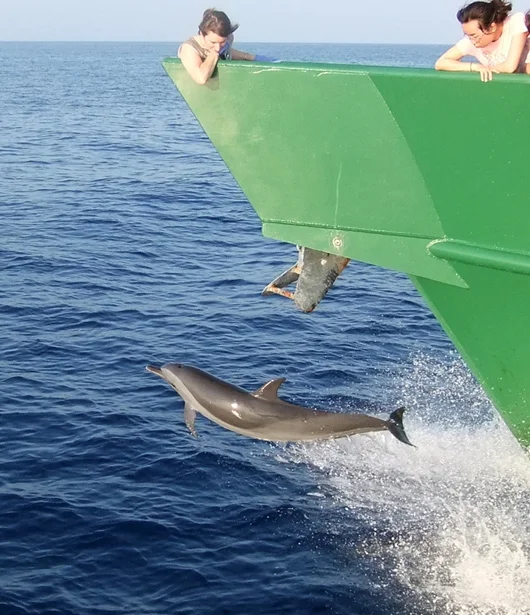Lesson number 1: Never report that things are going smoothly at sea. After saying that yesterday, today we encountered some instrument problems and lost several hours of mapping time. Not to worry, we’re back in business now. We’ve almost constrained the new plume’s distribution. We know it’s around 10 miles long and at least 2 miles wide and that the chemistry and size of the plume vary along its length. We’ll learn even more in the coming days. Thanks to those who have emailed me questions in response to the blog. Several people have asked whether we are doing experiments related to the dispersants being used out here to break up the oil. We are not measuring dispersant concentrations, but several scientists on board are examining the potential impacts of dispersants on microbial activity and microbial community structure. So we’ll have information about dispersant effects, we hope, but we will not be measuring dispersant concentrations. Someone asked if the plume reported by the University of South Florida (USF) researchers is the same one we found. No, the plume we found is to the W of the spill site while the USF plume is to the NE. From the description the USF researchers provided, the NE plume has two similarities to the plume we discovered: a CDOM signature and invisible – to the eye at least – oil. But, the USF plume is moving the opposite direction (NE vs. SW) and the USF plume appears to be larger (22 miles long and 6 miles wide) and it spans a broader depth range (from just below the surface to 1100m water depth) than the plume we are presently tracking. The USF researchers fear the plume will reach De Soto canyon, where it could be upwelled onto the shelf and negatively impact fisheries. While this is an obvious concern, I think it’s too early to predict where the USF plume might end up. The plumes we are studying seem to be very dynamic, that is, they are moving around. The USF plume may be similarly dynamic so the key is to keep track of where it’s going, to understand it’s chemistry, and to understand how it’s behaving.
Oil in the wake of the ship
We did 14 CTD casts in the last 24 hours and we’re pretty saturated with samples at the moment. We’re transiting to the North to search for some plumes there and then late Saturday we’ll be back on the West side of the spill site, further constraining the dimensions of this new plume. When we started this transit, the wake of the ship was brown with oil…can’t say that I’ve ever seen anything like that before. While we are transiting, we’re analyzing samples to determine methane and dissolved inorganic carbon concentrations. Chassidy Mann, lab assistant extraordinaire, is working at the gas chromatograph analyzing many of these samples.
Chassidy running the gas chromatograph
Perhaps the highlight of everyone’s day was when we broke out of the surface oil slick and entered beautiful blue, crystal clear Gulf of Mexico surface water. There, we were joined by a pod of Spinner Dolphins who kept everyone entertained for half an hour by “surfing” the bow wave of the ship doing acrobatic spins and flips in the air. Seeing these dolphins swimming and jumping made me forget about the oil spill for just a little while.
Watching dolphins from the bow
An airborne dolphin





